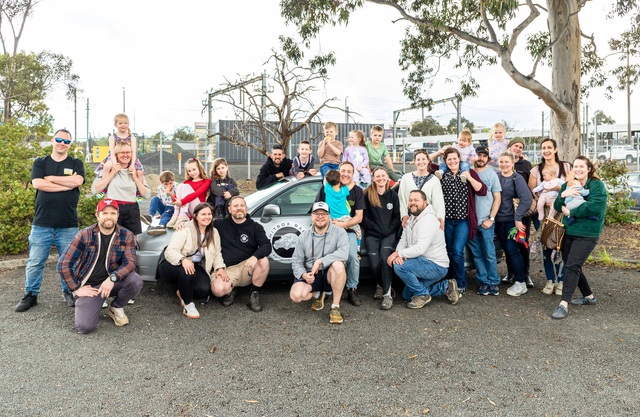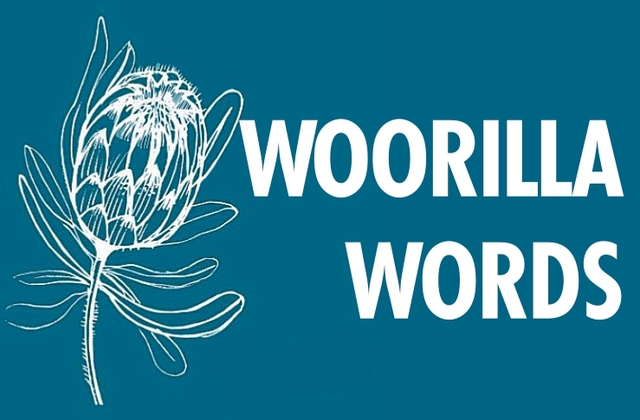IT IS generally agreed that conserving biodiversity is important.
As a nation we are trying to save endangered species such as the orange-bellied parrot, the Baw Baw frog and within our own shire, the Leadbeater’s possum and the helmeted honeyeater.
It can seem like the protection of individual species is expensive and gets in the way of industry goals or development but we need to stop sometimes and remind ourselves why biodiversity protection is so important.
Firstly, biodiversity provides us with irreplaceable ecosystem services.
This includes maintenance of the obvious physical environment such as our soils, water systems and the atmosphere but also includes waste disposal and decomposition, pollination of plants, and pest control.
The loss of species from our ecosystems is like losing rivets from an aeroplane.
A few may make little difference but when critical species go the result is ‘ecosystem collapse’ where many further species can become extinct.
The more ‘rivets’ we have in our ecosystems, the better able it is to withstand shocks such as a changing climate.
We may not know what the critical species are as most have complex interactions with other species in the system that we do not understand well, so we should try and save as many as possible.
Another reason is the aesthetic pleasure humans derive from their environment and all that is in it. We feel a sense of loss when something in the natural world we love is gone.
It may be something like the Franklin River, Tasmanian tigers or a gum tree in your local park but we all have a connection to nature in some way and most of us feel a sense of loss when our natural heritage is diminished.
Finally, saving biodiversity makes good economic sense, as there are tangible products we can obtain from our environment.
This may be food, water or raw materials, things we far too often take for granted, but it may also be medicines or even genes from certain species.
This may seem far fetched but with 25 per cent of current western medicines derived from plants, and with the ‘new frontier’ of genetic technology increasingly used in medicine and other fields, the possibility of new discoveries is actually very high.
The question is, which species will be useful; the more species we have available, the broader the warehouse to chose from.
Australia has many unique plants and animals and, unfortunately, a very large list of both endangered and already extinct species.
Of all mammal extinctions around the world in the past 200 years, a third have occurred in Australia and the extinction process continues.
The processes that cause extinctions and a weakening of our ecosystems vary, from global climate change to local weed invasion, from broad scale land clearing to leaving the cat out at night.
But just as there are many pressures on our native species, there are just as many ways we can do our bit to help the situation.
Through looking after the native vegetation in our local area, the broader landscape stays healthier.
The better the habitat, the more species we can conserve and the more robust our natural environment will be able to cope with the impending shock of climate change.
The value of biodiversity
Digital Editions
-

Duo set to rally for cancer across Australia
A Yarra Ranges duo are one week out of going on the adventure of their lives and have raised a whopping $5,600 for a good…





